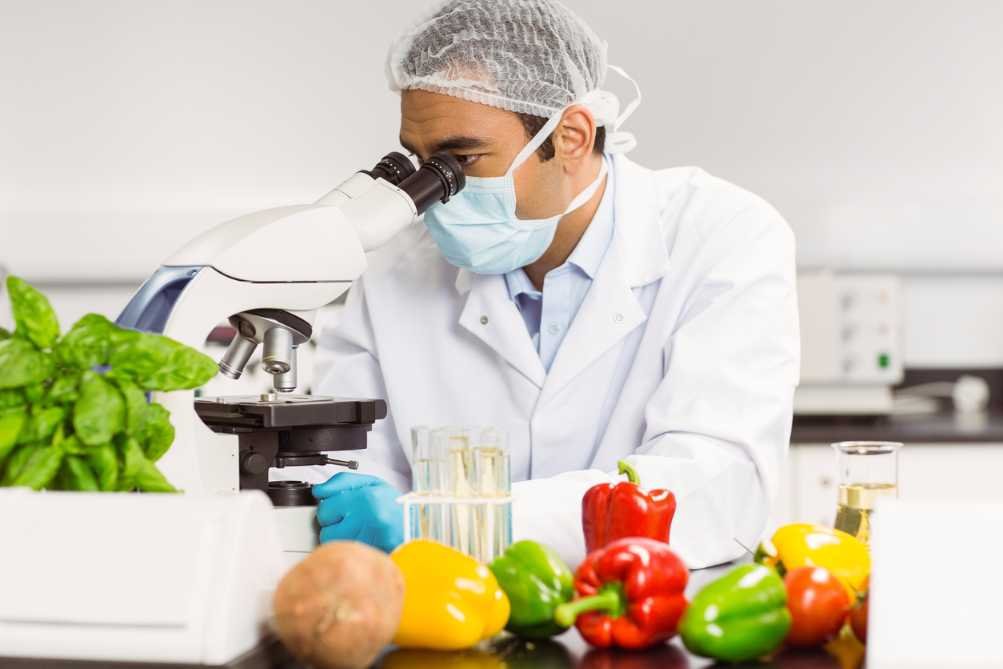Inside BENEO’s new pulse plant: pioneering sustainable protein from faba beans
Scientists at the University of Massachusetts Amherst have developed a new, rapid and low-cost method for detecting bacteria in water or a food sample. Once commercially available, it should be useful to cooks using fresh fruits and vegetables.
The team has designed a sensitive and reliable bacteria-detecting chip that can test whether fresh spinach or apple juice, for example, carry a bacterial load. The chip, used with a light microscope for optical detection, relies on a capture molecule, 3-mercaptophenylboronic acid (3-MBPA) that attracts and binds to any bacteria. The chemical detection method, surface-enhanced Raman spectroscopy (SERS), relies on silver nanoparticles. The techniques are now in the patenting process.
To address the food interference problem, the researchers have designed the UMass Amherst chip to attract only bacteria but not sugars, fats and proteins in food or dirt. The food compounds can be washed away with a high-pH buffer, leaving only bacteria for visual counting with the smart phone microscope and app. This method can detect as few as 100 bacteria cells per 1 milliliter of solution, compared to a sensitivity of 10,000 cells for other rapid methods.

